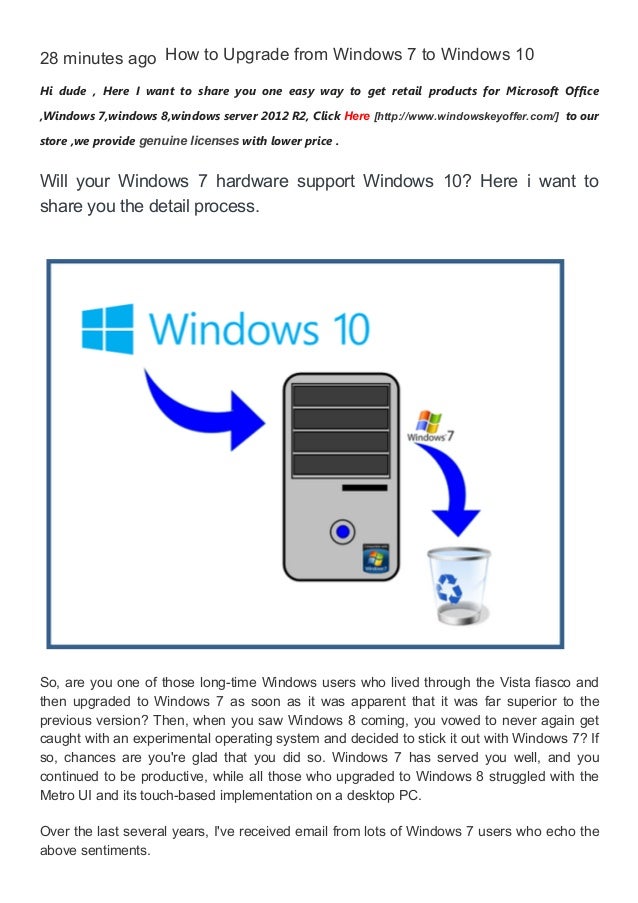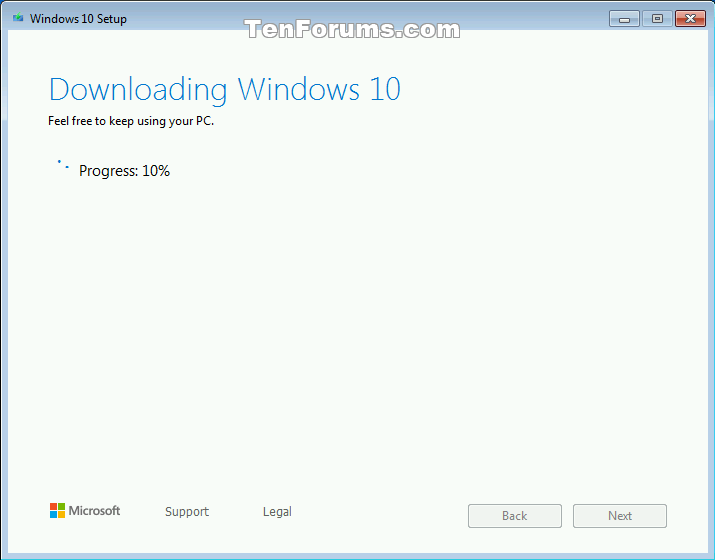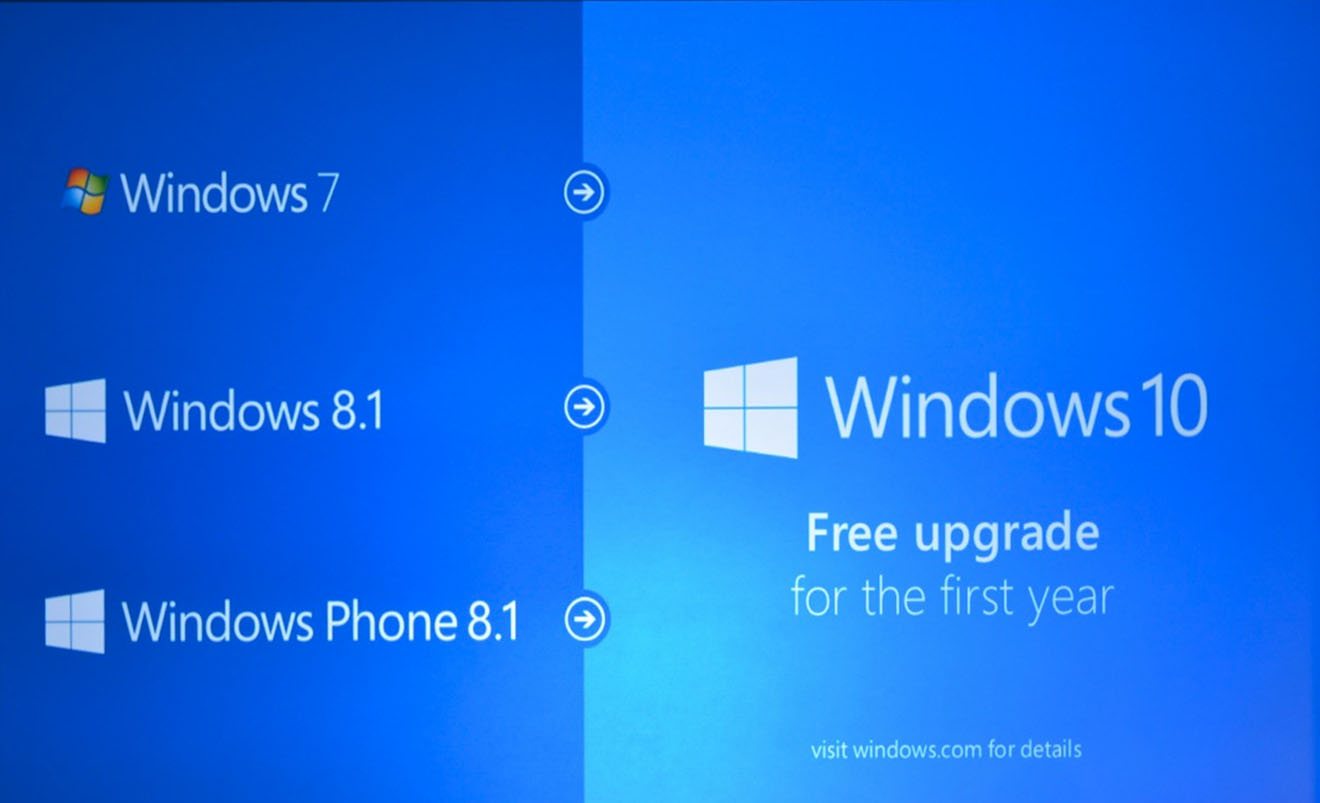

Update your Automatic Deployment Rules and Software Update, groupsįor WindNovember 2019 Update, you need at least SCCM 1906 in order to support it as a client.Create a Windows 10 Upgrade Task Sequence for Windows 10 (and Win 7 or 8.1 computers).Import the OS in SCCM to use with your deployment Task Sequence.Check if you have an SCCM Supported version.This blog post will cover all the task needed to deploy the new Windusing SCCM: Treat it as a new operating system as if you were upgrading Windows 7 to Windows 10. Do not treat a feature upgrade as normal monthly software updates. Test it in a lab environment, deploy it to a limited group and test all your business applications before broad deployment. Before deploying a new Windows 10 feature upgrade, you need to have a good plan. You may also need to deploy Windows 1909 to your Windows 10 computer to stay supported or to benefits from the new features.

If you haven’t planned your Windows 7 migration to Windows 10, this post will help prepare your SCCM Server to deploy it.

Microsoft published the Windfeature update (aka Windows 10 November 2019 Update ), in VLSC on November 15th, 2019. You’ll have to pay extended support after January 14th, 2020 to stay supported. This is far too high a risk for any business to take with its devices.Windows 7 will be out of support in less than 2 months. You may be thinking that you could take the risk, and get away without upgrading your system - why bother with the hassle if your computer still works just fine? An unsupported OS is a buffet for hackers, who could use it to exploit flaws that were never patched to install all kinds of malware on your device, such as ransomware or spyware, or simply to destroy the data on your system. This doesn’t mean your Windows 7 computer will cease functioning, but it does mean that it will no longer receive Microsoft patches for flaws, no more security updates, and zero technical support should something go wrong.

Support for Windows 7 ceased on 14 January 2020, a little over 10 years after its original release. This is an easy question to answer: it’s because Microsoft has said so. Sadly, no amount of popularity will protect your computer, so here’s what to do if you’re still running Windows 7.


 0 kommentar(er)
0 kommentar(er)
